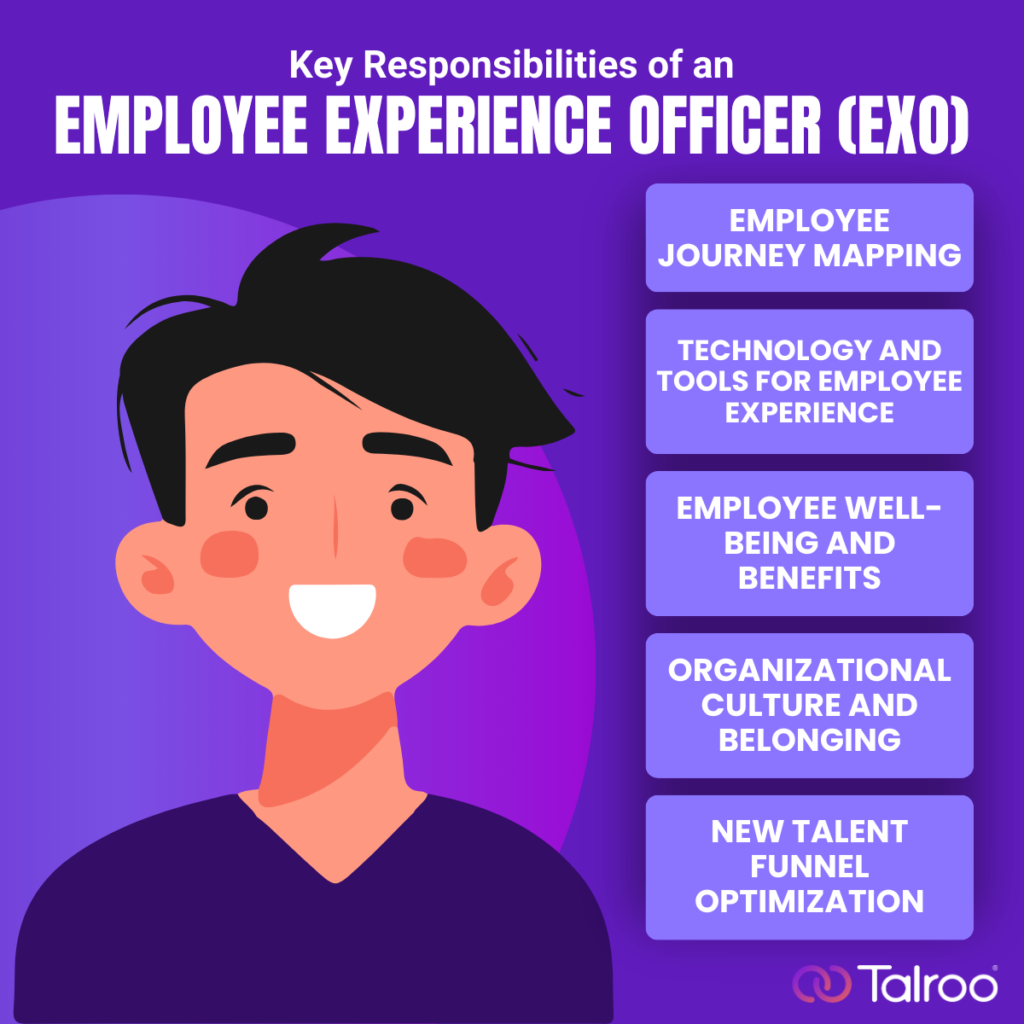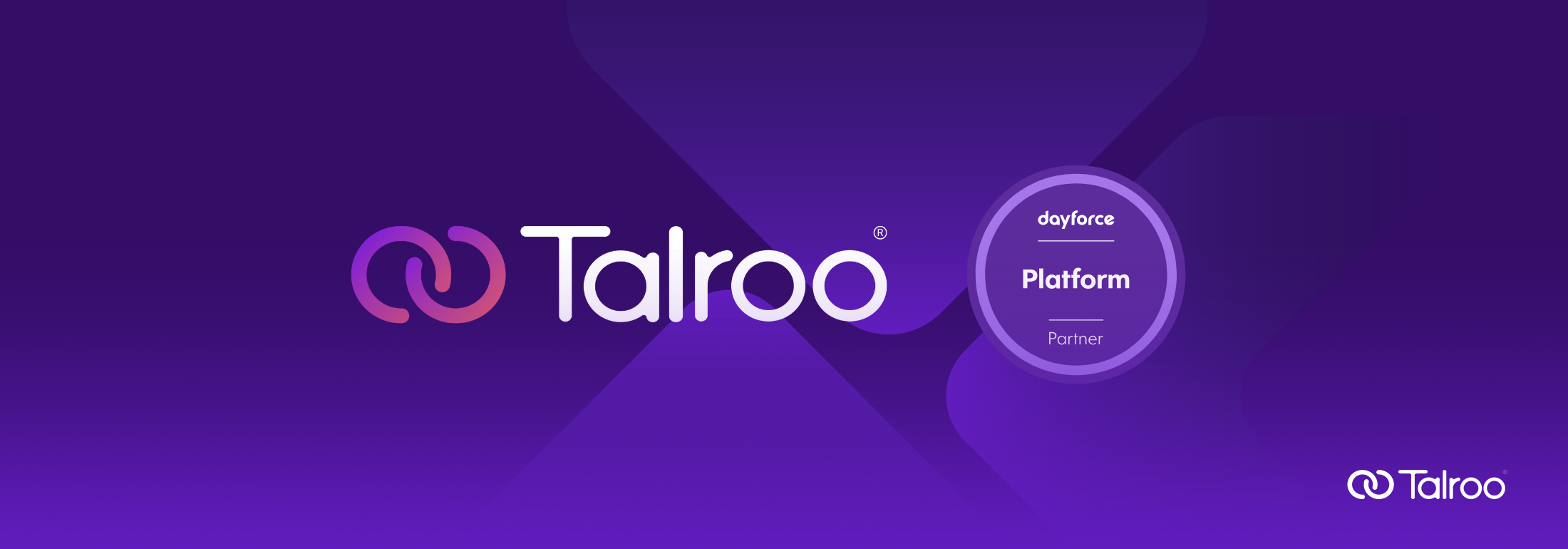
In today’s talent-driven market, the employee experience (EX) has become a top priority for HR leaders seeking to boost retention, engagement, and productivity. The traditional HR model, which largely focuses on policies, compliance, and administrative functions, is evolving. To meet the demands of a more dynamic and employee-centric workplace, organizations are introducing a new C-suite role: the Employee Experience Officer (EXO).
Here, we will cover the responsibilities of the EXO, how the role differs from traditional HR leadership, and why companies investing in EX are achieving better business outcomes.
What Is an Employee Experience Officer (EXO)?
An Employee Experience Officer is a senior-level executive responsible for overseeing and optimizing every stage of the employee journey—from recruitment to offboarding. Unlike traditional HR leaders, whose roles often prioritize compliance, payroll, and administrative processes, the EXO focuses on creating a holistic and meaningful experience for employees throughout their tenure.
The EXO role aligns with the growing recognition that employee satisfaction directly impacts business performance. According to Forbes, companies that prioritize employee experience see higher retention rates, stronger engagement, and increased productivity.
Key Responsibilities of an EXO:
- Employee Journey Mapping:
- Analyzing the full employee lifecycle, from recruitment and onboarding to exit interviews, to identify areas for improvement.
- Pinpointing pain points and enhancing touchpoints to foster a more positive and seamless experience.
- Organizational Culture and Belonging:
- Shaping workplace culture by promoting diversity, equity, inclusion, and belonging (DEIB).
- Ensuring company values are reflected in day-to-day experiences.
- Employee Well-being and Benefits:
- Developing initiatives to support physical, mental, and financial wellness.
- Enhancing benefits packages based on employee feedback and emerging needs.
- Technology and Tools for EX:
- Implementing EX technology platforms that gather feedback, measure sentiment, and analyze engagement data.
- Leveraging AI and predictive analytics to personalize the employee experience.
- Continuous Feedback and Improvement:
- Establishing mechanisms for ongoing feedback through surveys, pulse checks, and real-time data collection.
- Using insights to refine EX strategies and make data-driven decisions.
- New Talent Funnel Optimization:
- Collaborating with talent acquisition teams to streamline and enhance every stage of the candidate journey—from awareness to onboarding.
- Ensuring a consistent, engaging, and inclusive experience that aligns with the company’s values and attracts high-quality talent.
- Employer Branding:
- Crafting and promoting an authentic employer brand that reflects the true employee experience and organizational culture.
- Aligning internal values with external messaging across job postings, social media, and careers pages to attract and retain top talent.

How the EXO Differs from Traditional HR Roles
While Chief Human Resources Officers (CHROs) and HR Directors have long overseen employee-related functions, the EXO represents a distinct shift in focus. This new role prioritizes employee-centric strategies over administrative tasks, driving a more meaningful workplace experience.
One key difference is the strategic vs. administrative focus. Traditional HR tends to center on compliance, policies, and organizational structure, ensuring the company adheres to labor laws and internal regulations. In contrast, the EXO prioritizes emotional connection, personalized experiences, and holistic well-being, making employee satisfaction a core business strategy.
Another distinction lies in employee-centric decision-making. Traditional HR often makes decisions with the company’s bottom line as the primary consideration, sometimes at the expense of employee experience. The EXO, however, balances business needs with employee satisfaction, championing experience-driven decisions that foster long-term loyalty and engagement.
Finally, the EXO takes a technology-enabled approach to the employee experience. While traditional HR relies on HRIS platforms for payroll, compliance, and personnel management, EXOs embrace experience-focused technology. They leverage real-time feedback tools, predictive analytics, and personalized engagement platforms to continuously refine and enhance the employee journey.
Why Companies Are Investing in EXOs
The rise of the EXO role is being driven by data-backed business benefits. Companies prioritizing employee experience report lower turnover rates, higher engagement, and stronger business performance.
1. Improved Retention Rates
Employee retention is one of the top challenges for HR leaders, especially in competitive talent markets. Companies with strong EX strategies experience up to 40% lower turnover than their industry peers. Why? When employees feel valued and supported throughout their journey, they are less likely to seek opportunities elsewhere.
2. Higher Engagement and Productivity
A positive EX fosters deeper emotional connections with the organization, driving engagement and productivity. Why? Companies with highly engaged employees see 23% higher profitability and 18% higher productivity, according to Gallup and EXOs help create environments where employees feel motivated to contribute their best work.
3. Enhanced Employer Brand and Talent Attraction
In today’s competitive talent market, employer brand matters. Companies that prioritize EX cultivate a reputation as people-centric employers, attracting top talent. Why? A strong EX strategy promotes positive employee reviews on platforms like Glassdoor, which significantly influences job seekers’ decisions.
How to Incorporate EX into Your HR Strategy
If your organization doesn’t yet have a dedicated EXO, there are still several ways to integrate EX-focused strategies into your existing HR framework.
Start by prioritizing employee-centric decision-making. Use employee feedback as a core factor in shaping your decisions. Involve employees in developing company policies and benefits to ensure their needs and preferences are considered.
Next, invest in experience-enhancing technology. Platforms like UKG, Qualtrics, Peakon, or Culture Amp can help you collect real-time feedback and perform sentiment analysis. Additionally, using AI to personalize the employee experience can help anticipate future needs and improve engagement.
Finally, embed EX into your employer brand. Showcase your commitment to a positive employee experience in your job postings, social media, and overall branding efforts. Highlight employee testimonials, benefits, and your company culture to attract top talent who resonate with your values.
The EXO – A Catalyst for Future-Ready Workplaces
The rise of the Employee Experience Officer marks a significant shift in the world of HR, signaling that EX is no longer a “nice-to-have” but a business imperative. Companies that invest in EXOs are gaining a competitive edge by driving higher retention, engagement, and productivity.
As organizations continue to prioritize people-centric strategies, EXOs will play a pivotal role in shaping the future of work. Whether you’re considering hiring an EXO or simply revamping your EX strategies, focusing on the employee experience is a powerful way to build a stronger, more resilient workforce.



